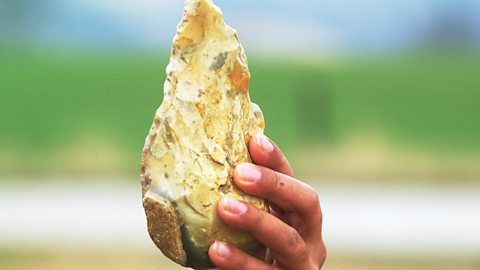Video summary
Archaeologist Raksha Dave visits Butser Ancient Farm to look at the beginning of the Bronze Age and construct a Bronze Age axe head in exactly the same way Bronze Age man would have done.
Starting with copper and tin, we see how an axe is made by heating the metal to 1,000 degrees centigrade, turning it into a red-hot liquid, before cooling it in water.
To finish the process, the blade is fitted onto a wooden handle.
Flint and bronze axes are then compared to explore the impact that metal making had on people in Britain.
Teacher Notes
Could be used to explore Stone Age technology ‚Äď what tools did they use and how were they made?
By realising how skilled flint workers were, pupils can be made to appreciate the competence of people at the time and how well-adapted they were to their environment.
This clip will be relevant for teaching History and Social Studies at KS2 in England, Wales and Northern Ireland and 2nd Level in Scotland.
What does Stonehenge Gold tell us about the Bronze Age? video
Raksha explores Maiden Castle ‚Äď the biggest Iron Age Hill Fort in Britain. We find out how it was built and about the weapons they used to defend the entrance.

Discovering iron in Iron Age Britain. video
Raksha visits an Iron Age mine in the Forest of Dean and explores iron mining. Iron mining in the Forest of Dean dates back nearly 2,500 years where iron ore was found near the surface.
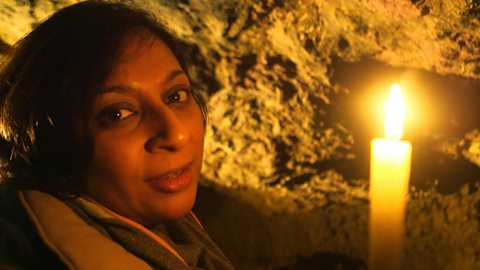
Iron Age daily life video
Archaeologist Raksha Dave explores Maiden Castle, the biggest Iron Age Hill Fort in Britain, to try and piece together what it would have looked like 2,500 years ago.
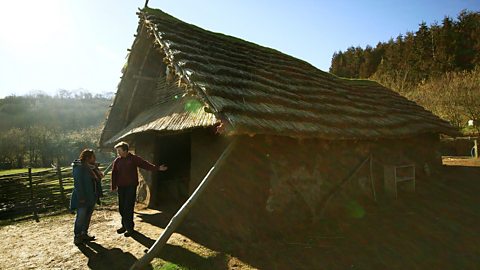
Discovering wool in Bronze Age Britain. video
Raksha visits Butser Ancient Farm and learns how woollen cloth was made in the Bronze Age, a re-enactor at the farm shows her how to use a spindle and loom.
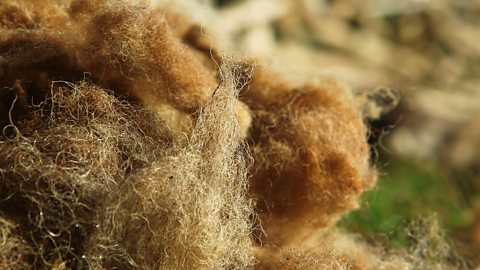
Iron Age forts and tribes. video
Raksha explores Maiden Castle ‚Äď the biggest Iron Age Hill Fort in Britain.We find out how it was built and about the weapons they used to defend the entrance.
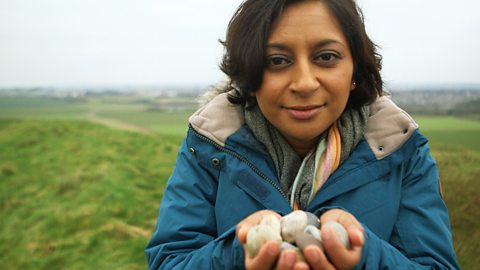
Stone Age farming and homes. video
Raksha explores life in Britain during the Stone Age first by looking at hunter-gatherers who lived by hunting animals and collecting fruit and nuts, and then moves on to explore the first farmers
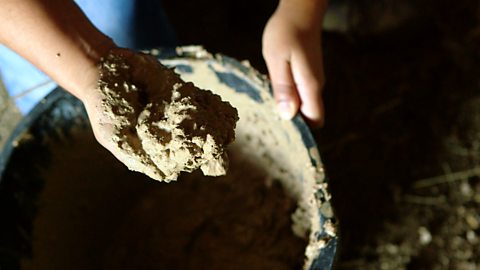
What do ancient bones tell us about the Stone Age? video
Raksha gives us a real insight into the life and times of higher status hunter-gatherers in the Old Stone Age by looking at The Red Lady of Paviland, one of the oldest skeletons found in Britain.
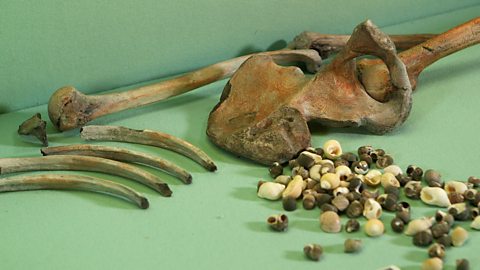
Discovering Stone Age tools made of flint video
Raksha explores the importance of flint to Stone Age man. A modern day worker makes a replica of a Stone Age arrow, showing us how skilled Stone Age people were in their use of flint.
